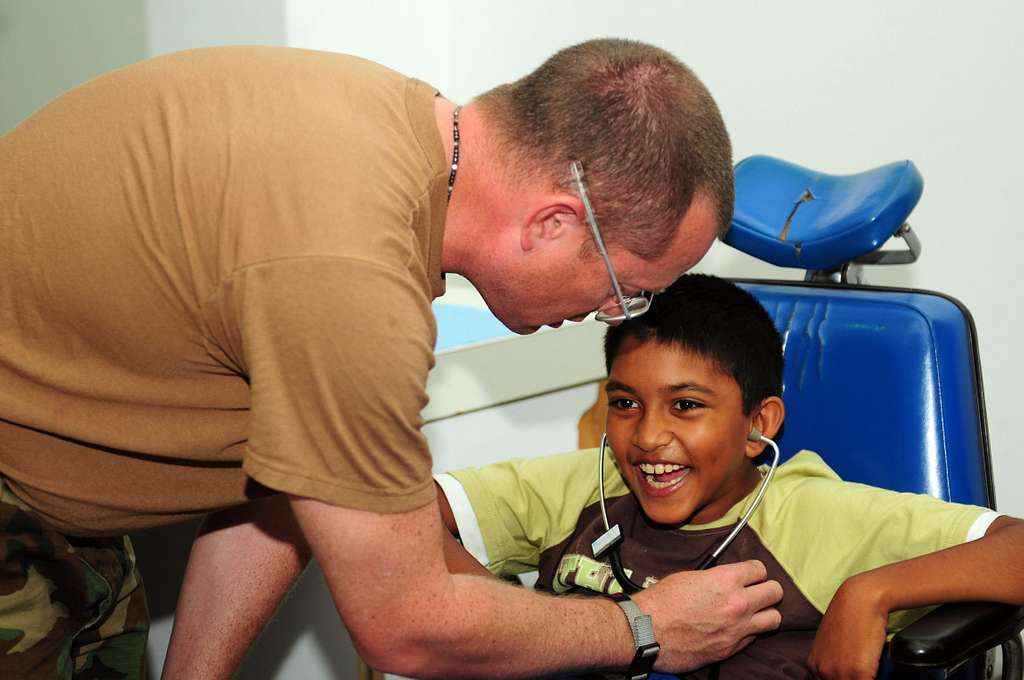Therapies and Interventions for Children With Cerebral Palsy

Cerebral palsy is a neurological condition that impacts movement, posture, and muscle tone, presenting unique challenges for children and their families. Understanding cerebral palsy can help parents navigate diagnosis, treatment options, and long-term care planning. Here is more information on the fundamentals of this condition, including its causes, symptoms, and available interventions:
What Is Cerebral Palsy?
Cerebral palsy is a group of neurological disorders that affect movement, balance, and posture. The condition results from damage to the developing brain, typically occurring before, during, or shortly after birth. This brain damage affects the areas responsible for controlling muscle movement and coordination.
The term “cerebral” refers to the brain, while “palsy” describes weakness or problems with muscle control. Children with this condition experience varying degrees of motor impairment, ranging from mild coordination difficulties to severe physical limitations requiring full-time assistance. Spastic cases cause stiff muscles and awkward movements, while dyskinetic cerebral palsy results in uncontrolled movements.
What Causes It?
Brain damage that leads to this condition can occur during prenatal development, birth, or early infancy. Prenatal causes include infections during pregnancy, genetic mutations, and problems with brain development. Maternal health conditions such as thyroid disorders or seizures may also increase risk.
Birth complications represent another cause. Oxygen deprivation during labor and delivery can damage brain tissue, particularly in areas controlling movement. Premature birth increases vulnerability, as the developing brain is more susceptible to injury and bleeding. Postnatal factors within the first few years of life can also lead to this condition.
What Are the Symptoms?
Motor symptoms form the primary indicators of this condition, though they vary significantly between individuals. Children may exhibit delayed motor milestones, such as sitting, crawling, or walking, at a later age than expected. Muscle tone abnormalities are common, with some children showing overly stiff muscles while others display floppy, weak muscles.
Movement patterns often appear abnormal in children with cerebral palsy. They may favor one side of their body, walk on their toes, or display jerky, uncontrolled movements. Fine motor skills, such as grasping small objects or using utensils, can prove challenging.
What Therapies and Interventions Can Help?
Multiple therapeutic approaches can address the symptoms and challenges associated with this condition. Medication plays a role in managing pain and muscle tightness commonly experienced by children with cerebral palsy. Physical therapy focuses on improving gross motor skills, strength, and mobility. Specialists work with children to develop better balance, coordination, and muscle control through targeted exercises and activities.
Occupational therapy addresses fine motor skills and daily living activities. Specialists help children develop the skills necessary for self-care tasks, such as dressing, eating, and personal hygiene. They may also recommend adaptive equipment to increase independence and participation in school and home activities. Speech therapy supports the development of communication and addresses swallowing difficulties.
Recreational therapy provides opportunities for physical activity, social interaction, and skill development through play and sports. Adaptive sports and recreational activities can enhance physical fitness, foster social connections, and aid the development of motor skills. Orthopedic surgery may be recommended for children with severe muscle tightness, joint deformities, or mobility limitations.
Consult a Pediatric Neurologist
Cerebral palsy presents unique challenges that require specialized medical care and comprehensive treatment approaches. Understanding the condition, its causes, and available interventions helps parents make informed decisions about their child’s care. If you suspect your child may have this condition or has received a recent diagnosis, consulting with a pediatric neurologist is the next step. These specialists can provide accurate diagnoses and develop treatment plans tailored to your child’s specific needs and goals.
- What to Expect When Visiting a Foot and Ankle Specialist
- Causes of PTSD
- The Link Between Plantar Fasciitis and Weight Gain: What You Need to Know
- How Pet Ownership Can Positively Impact Life with Fibromyalgia
- The Importance of Stretching and Flexibility in Sports Medicine
Dr. Emma Green is a health and wellness expert with over 10 years of experience in nutrition and fitness. Passionate about helping others live their healthiest lives, Dr. Green shares practical advice on wellness, nutrition, and sustainable living through LivingSpristine.






